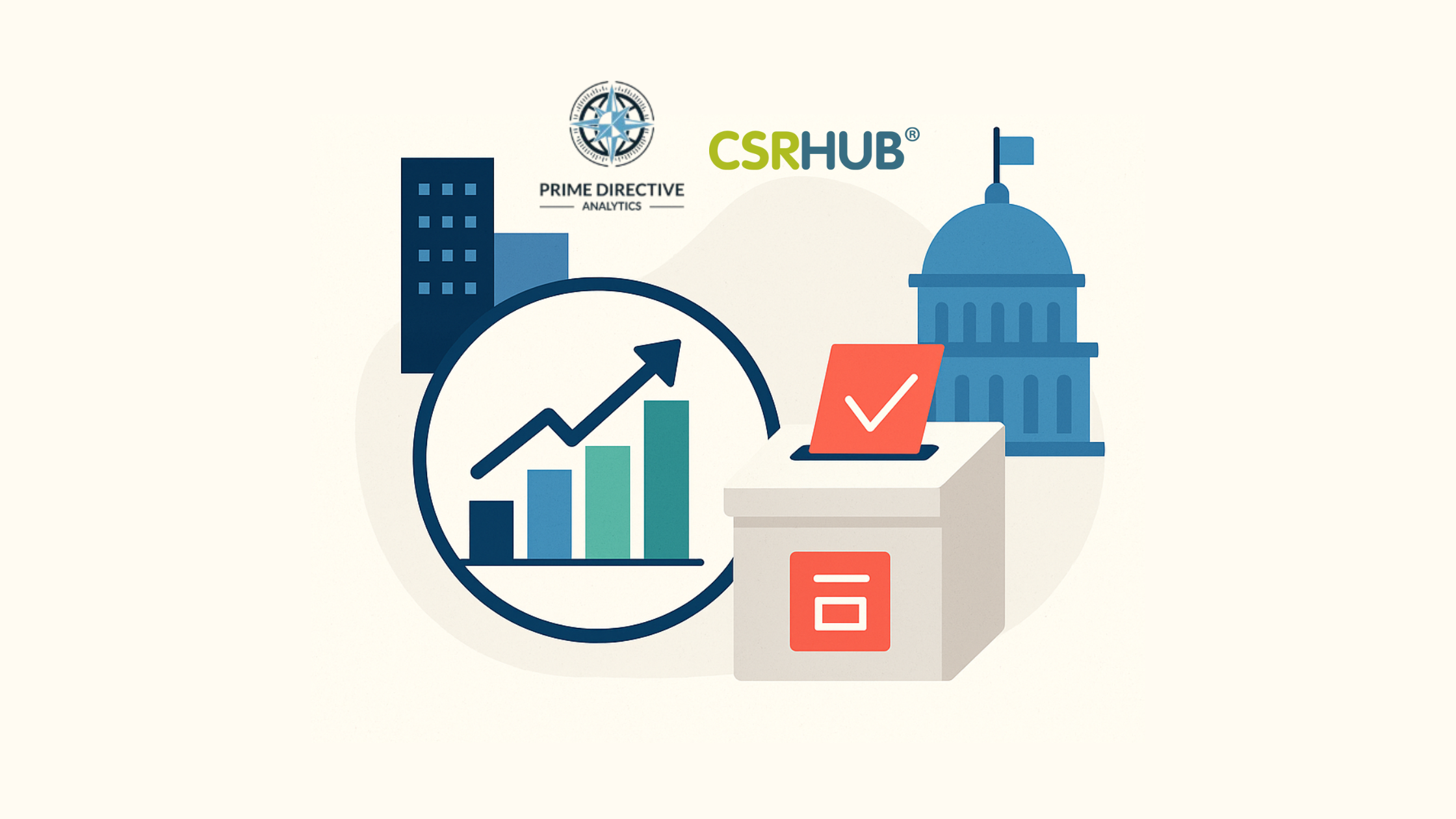This post is the 2nd in the 3-part series, Expanding Sustainability Data.
By Bahar Gidwani
The biggest and best sources for sustainability data at present are the Socially Responsible Investment (SRI) firms. Their dedicated researchers have taken a variety of approaches to gathering and distributing company sustainability data. We have had the privilege of seeing data so far from ten of these firms—more than a million pieces of information.
It was hard to match up these ten data sets. One problem is that each firm has its own approach to recording, displaying, and abbreviating the names of the companies they follow. As a result, it is necessary to store name variants for each SRI firm and research whether Company A from one firm is really the same as Company B at another firm, etc. A more substantive problem is that each firm uses a different “schema” for organizing its data and different definitions for the behavior it measures. One source says that a company’s board is diverse, another may say that 10% of the company’s directors are women, and the third source may say that the company has a board diversity policy. We had to correlate and harmonize all of these different measures.
We were able to do this work for all ten of the sources we studied. We found that as a group they cover only 7,545 of the world’s companies. Further, of this list, 43% (more than 3,000 companies) are studied by only one or two of the firms. To produce a good rating, we need data from several sources.
On the other hand, 39% of the companies tracked by SRI firms get 6 or more ratings from them. This is more data than we really need to have, to measure how these companies perform.
Why is there a focus on a relatively small number of companies? SRI research firms primarily serve socially responsible investors and investment firms. These investors are primarily interested in larger companies—those that have enough liquid stock available to be suitable investments under the rules of most pension plan and regulatory guidelines. As a result, we estimate that fewer than 20% of the companies studied by SRI firms have less than $1 billion in revenue.
Further, social investors generally prefer to invest in companies that are traded on major stock exchanges. Most of these companies are based in developed economies. The result is that only about 10% of SRI research is on companies in less developed and emerging economies.
Of course, SRI research firms and their investment clients are not the only ones that have this bias. We studied the 10,000+ examples we could find where not-for-profit groups, publications, and other activist groups gave awards or recognition to companies. Of these, more than 50% went to the same few percent of the world’s public companies that get SRI community attention.
If we want to have universal coverage of the sustainability performance of even the world’s 30,000 publicly traded companies, we need to look beyond the base provided by the existing rating groups and look for new sources. Our next post will look at some of these opportunities.



